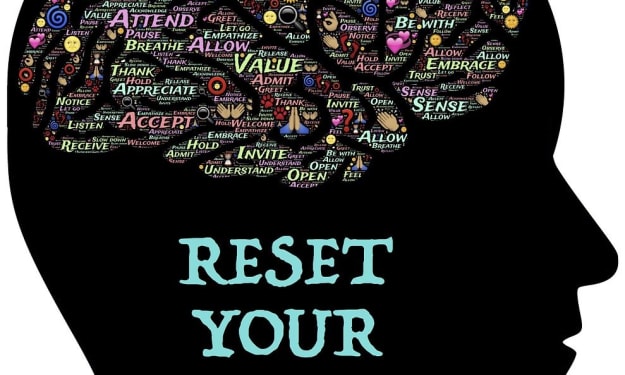
Not the real agony or delight drives us, it is truly something different. Any thought what that is?
Our longing to stay away from torment is truly founded on dread. What dread? The apprehension about making any move that feels like it could prompt excruciating circumstance or experience.
Moreover, not the real joy propels us to make a move, however our conviction that a specific activity will prompt a pleasurable encounter. Along these lines, our development in either course is a reaction to our view of where that activity will lead.
The force of expectation and tension
Have you at any point saw that the expectation of the aggravation we think could result from a specific activity is by and large much more terrible than the genuine encounter? Here is a model, assuming you've at any point done any open talking it's typically the 10 or 15 minutes not long before you get in front of an audience that makes the best nervousness.
You might encounter a wide range of side effects like an expanded pulse, a climb in internal heat level and a queasy inclination in your stomach. Now are any of these side effects the aftereffect of real open talking? No, they are brought about by your assessment of what the experience will be like, not by the genuine action.
Talking from my very own encounters and those of other public speakers that I know, everybody concurs that the nervousness that precedes hand for the most part evaporates when they start talking. Uneasiness obviously, is a type of dread.
Where does the dread come from?
There are so many various types of dread that it is difficult to mark them all, yet it is feasible to recognize where they generally come from. The explanation we can do that is on the grounds that dread is generally connected with at least one of these three essential human longings.
1) A craving for endorsement
2) A craving for control
3) A craving to have a solid sense of reassurance
Assuming you analyze any dread, whether it's the anxiety toward dismissal, of disappointment, or of misfortune, you will find that, on an enthusiastic level, it addresses an apparent danger to your feeling of endorsement, feeling of control, or feeling of safety.
Dread develops or recoils with center
Take the case of our public speaker. When he gets in front of an audience and spotlights on his theme, he can settle down and partake in the experience. Be that as it may, during the 10 to 15 minutes before he gets in front of an audience, he isn't contemplating his point, rather he is centered around himself. He is contemplating whether he'll have the endorsement of his crowd, on the off chance that he'll have control of his voice and non-verbal communication, and the uneasiness is causing him to feel unreliable.
The arrangement is to zero in on the joy joined to an ideal result. For instance, the sensations of fulfillment and endorsement that will come from an expert piece of handiwork. By envisioning a pleasurable result there is a finished shift the concentration. Energy replaces tension and the assumption for joy replaces dread. Pushing toward a pleasurable result is an encounter connected to joy, so it is one we can anticipate.
Picking not so much torment but rather more delight
Presently we can see that one method for keeping away from torment and push toward joy is just to change our concentration. In our model, a transient center made torment as dread and uneasiness, while a drawn out center transformed the entire experience into one that is moored in joy.
When we comprehend the connection among concentration and torment or delight, we can without much of a stretch change our impression of any experience. By controlling your center you empower yourself to conclude whether an encounter will be difficult or pleasurable. Then you can pick delight over torment.





Comments
There are no comments for this story
Be the first to respond and start the conversation.